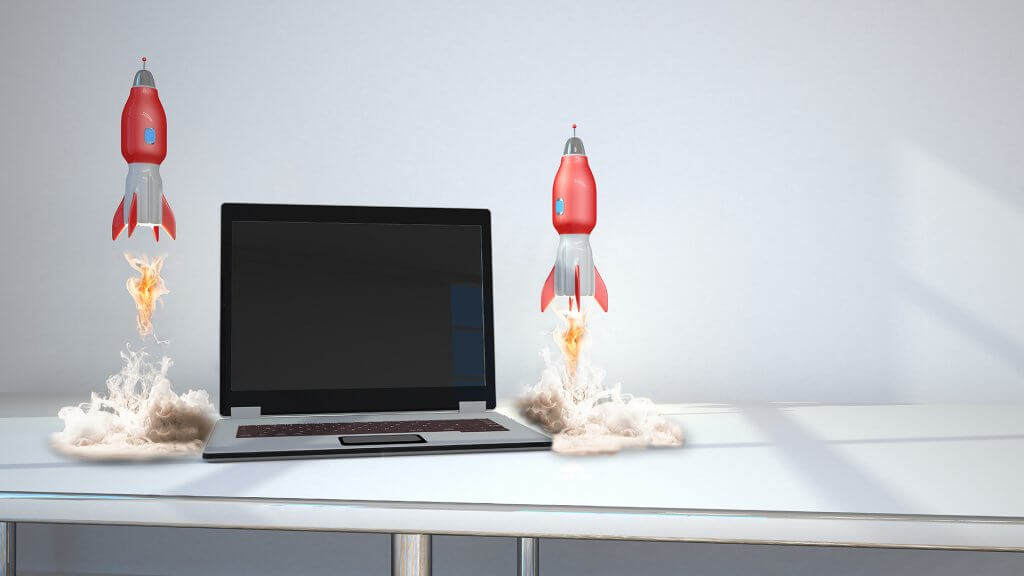Five Ways to Keep Employees Engaged Post-pandemic
As employees venture back to the workplace post-pandemic, employers must reconsider how to re-engage staff to help prevent high staff turnover, reduced productivity and low morale.
New ways of working have challenged businesses, meaning it has become increasingly important to ensure employees don’t feel isolated and they remain connected to a larger purpose on their return.
Since the pandemic started, HR specialists Breedon Consulting have had a surge of questions from employers needing advice on how to keep employees motivated and productive once their period of furlough or working from home has come to an end – be that part-time or full-time.
We know that companies with engaged employees outperform those without by 202% (Gallup), therefore, the team have outlined five key areas that businesses can focus upon to ensure staff remain confident and thrive.
Managing director of Breedon Consulting, Nicki Robson, said: “Reintroducing either furloughed workers or those who have been used to working at home brings with it a new set of challenges.
“As workers have become accustomed to a different environment its extremely important to engage with them effectively on return to the workplace – the impact of this transition can be reduced by following our one-to-one advice.”
1. Communicate the overall business strategy
It’s vital that on return to the workplace staff understand your business position and strategy clearly following the impact of Covid-19. It can be a worrying time for employees, with questions around how the business is performing and in turn how that may affect their position and flexibility.
Be transparent, communicate effectively any changes and share any future business plans or goals. This will directly correspond to how their role adds value within the wider commercial setting, and allow the employee to feel respected and involved.
2. Relay role expectations and opportunities for progression
Outline clear responsibilities to staff, monthly expectations, and if appropriate, re-communicate clear KPIs – allowing performance to be measured effectively by both the business and individual. Communicate any career opportunities and consider providing training. This should help to re- establish motivation, clarity and confidence within the workplace.
3. Have fun
After such a long period, it can be a daunting prospect to acclimatise to a sociable office environment and work alongside colleagues again. Ensure to put together a calendar of activities and events to aid an employee’s adjustment. Think about activities that will unite your team – perhaps a common interest. It will help boost team morale and can also provide a level of healthy competition in the workplace.
If members of staff are working from home – put in place Zoom socials or set aside time where teams can talk about things other than work.
4. Create a safe space to share
During the pandemic, employees faced many stresses including job security, health and safety. With so many employees becoming accustomed to the benefits from working from home – it was inevitable workers would start to require levels of flexibility and support. Create a safe space for employees to share any concerns or needs they may have on return to the workplace. Consider sending out anonymous surveys or creating a staff forum where workers feel able to share their worries.
5. Adapt and update the working environment
Adapting to sitting at a desk daily when it’s become a norm to work from the comfort of your sofa could encourage a shift in how we perceive the office environment. Consider adding a ‘breakout’ area for individuals to work on laptops and ensure there is a space to eat lunch away from their desk. Factors such as increased interruptions and noise could be unsettling, so provide quiet areas for working. Also consider allowing employees to wear headphones if this wasn’t in your policy previously.







